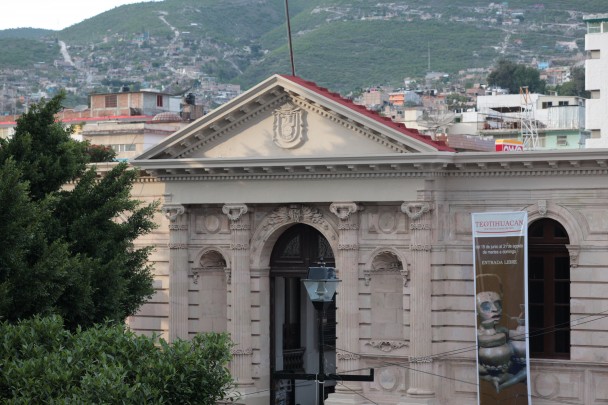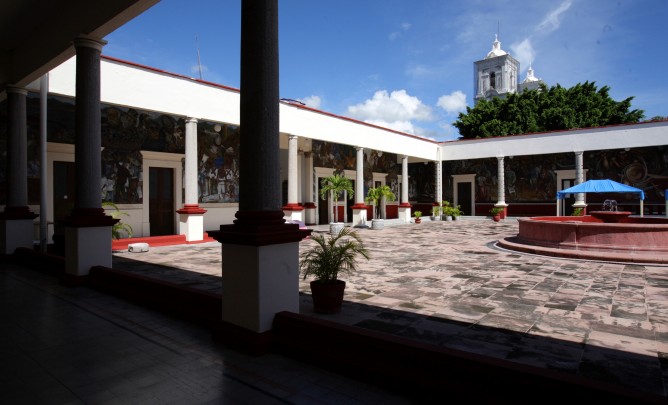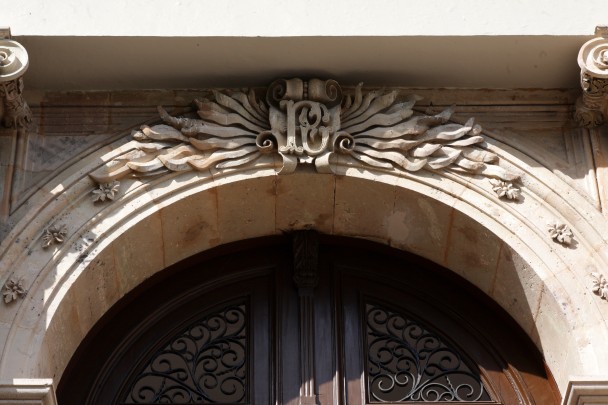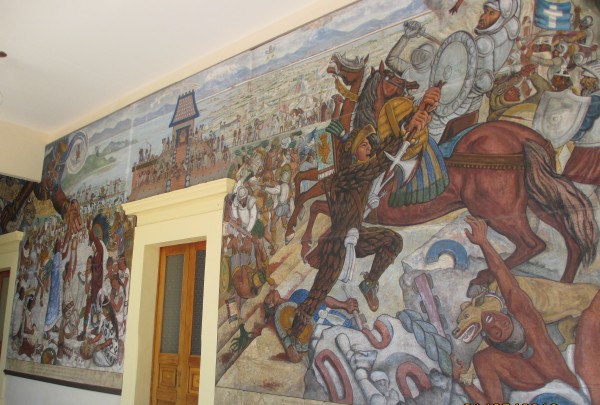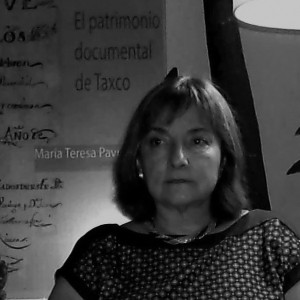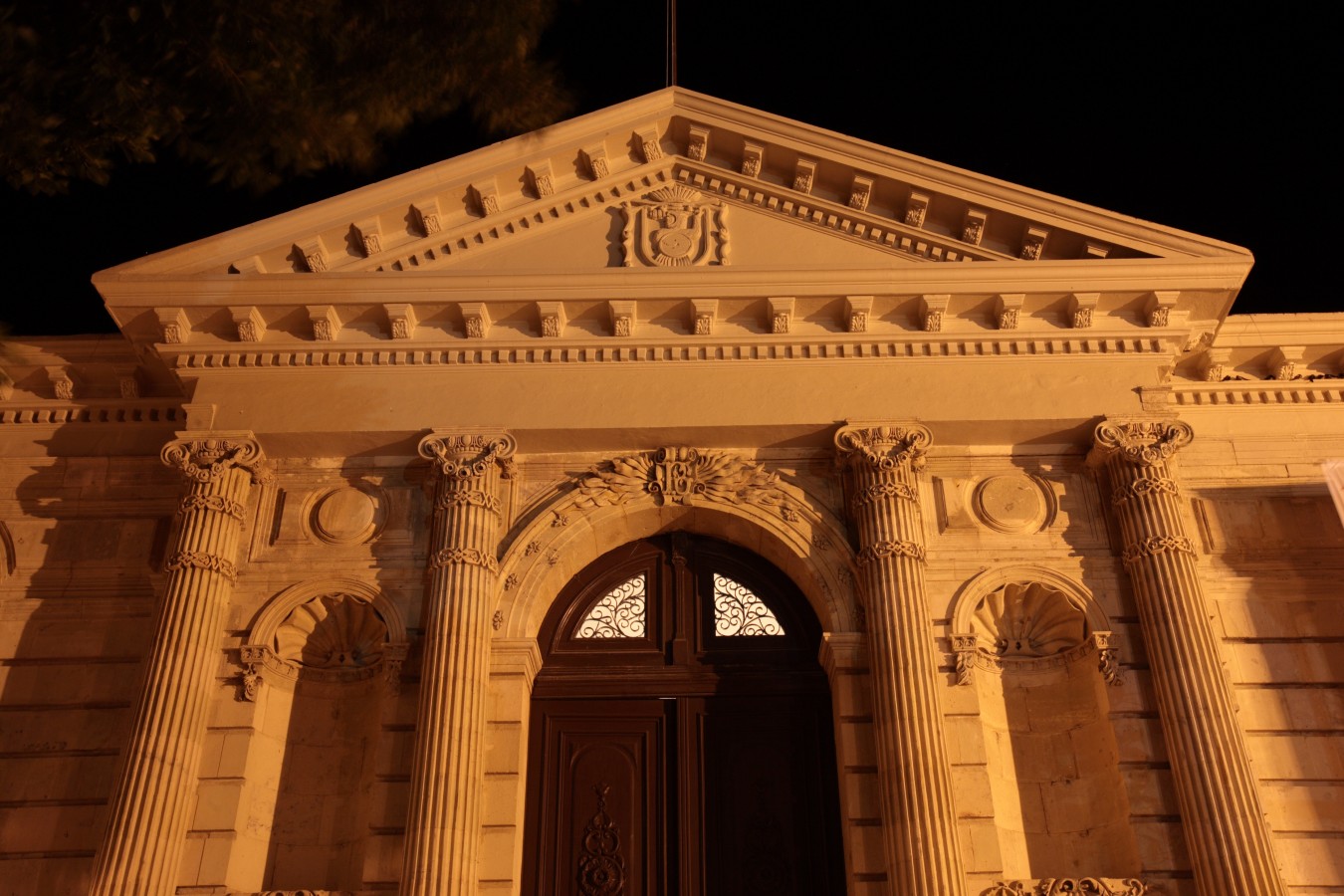Located in the center of Chilpancingo, capital of the state of Guerrero, the building occupied today by the Regional Museum of Guerrero is the city’s sole historical architectural monument. A long history of earthquakes has caused the destruction of its houses, public buildings and churches. Paradoxically it was an earthquake which led to the building of this monument in the first place, in 1902. Recently there was another tremor, on December 11, 2011 which had serious effects and it was necessary to reinforce its structure and carry out general restoration work.
It was declared a historical monument by presidential decree on June 20, 1986. The building has fulfilled a stately and solemn role, from the time when it was the Government Palace of the state of Guerrero and the City Hall of Chilpancingo. It has been the Regional Museum since 1987. It has equally borne witness to popular and everyday events, some of which have been irreverent.
Its formal aspect is reflected in the design canons laid out for government offices during the regime of Porfirio Díaz. Such buildings had to project an image befitting his notions of order and progress. Thus the building occupied the whole block and it is an imposing and solid structure, in front of the city’s main square. To make way for the new building alterations had to be made to the center of what was then a small town, which had recently been named state capital. A garden was also laid out with a statue commemorating General Nicolás Bravo, who was a local, state and Mexican national hero. He was represented pointing to the entrance of the Government Palace which led the locals to joke that this illustrious personage was saying “Over there, that’s where the thieves are.”
The historical building was the seat of the Porfirist government, but also of the revolutionaries; this was even the Zapatista headquarters in 1914, the first revolutionary state government in the whole of Mexico.
The inner courtyard of the building with its surrounding colonnade was inspired by country mansions of the Renaissance. Its walls were decorated with mural paintings between 1950 and 1955, an artistic expression of the nationalism which held sway in Mexico after the Revolution, even though it was already institutionalized at this time. The importance of these paintings lies in the fact that they were made at a time in which the narrative of the southern region was being constructed, around the hundredth anniversary of the creation of the state of Guerrero, which is why they represent the historical episodes, myths and aspirations of the state’s populace. The imagery bears witness to Guerrero’s official perspective of the southern region’s past. This history is what until a few years ago the peasants of the region would have reverently looked up at when they arrived at the capital’s government offices waiting for an official appointment to deal with their personal affairs.
Porfirism and revolutionary nationalism would seem to be at odds with each other, yet they happily cohabit this space, and have done so for as long as the oldest inhabitants can remember. There is also a nostalgia for the days in which the rooms of the Government Palace and Chilpancingo City Hall were used for popular dances, Independence Day festivities, and for “posadas,” the parties traditionally held at Christmas time. This place has been the scene of so many love affairs, break-ups and marriages, the scene of so many anecdotes which are part of the popular imagination. This is where it all took place, right under the eyes of Cuauhtemoc, Morelos, Galeana and Álvarez, amongst the many dignitaries represented in the mural paintings. More recently, taking a turn towards culture, the inner courtyard of the building has provided the backdrop for a few political events such as the reports of municipal presidents, talking about rescuing the culture expressed in traditional dances.
In this way the building of the Regional Museum of Guerrero is a monument bearing testimony to the architecture of an era, to its ideals, but it also carries the signs of political change, in the form of its mural paintings. To a large extent its cultural value is based on what it has witnessed, and it is not solely a matter of witnessing the birth of the state and of the city where it stands, but also witnessing such intangible things as the relationship with the local population and the way in which the people perceive it.

